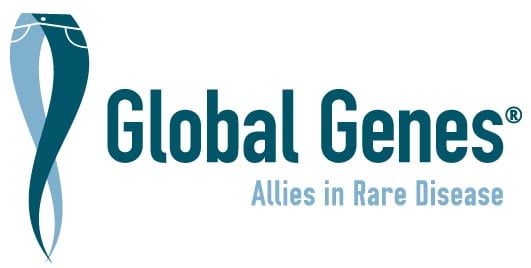Triple A syndrome
Synonyms: 2A syndrome | 3A syndrome | 4A syndrome | AAA syndrome | Achalasia-addisonianism-alacrima syndrome | Adrenal insufficiency-achalasia-alacrima syndrome | Allgrove syndrome | Double A syndrome | Quaternary A syndrome
Triple A syndrome is a very rare multisystem disease characterized by adrenal insufficiency with isolated glucocorticoid deficiency achalasia alacrima autonomic dysfunction and neurodegeneration.
Data from Orphanet are used to provide information on a disease's name, synonym(s), and overview.
Reference: Access aggregated data from Orphanet at Orphadata.
Orphadata: Free access data from Orphanet. © INSERM 1999. Available on http://www.orphadata.org. Data version May 2024
Newly diagnosed with
Triple A syndrome?
Our RARE Concierge Services Guides are available to assist you by providing information, resources and connections as you navigate your rare disease journey.
Advocacy Organizations
Adrenal Alternatives Foundation
Advocacy & Access for all cortisol care.
Adrenal Insufficiency United
Helping find resources and navigating the health system
COMBINEDBrain Inc
COMBINEDBrain is a consortium for outcome measures and biomarkers for neurodevelopmental disorders. We are collaborating to cure rare, non-verbal brain disorders.
Charcot-Marie-Tooth Association
To develop drugs to treat or cure CMT and to help improve the quality of life for those living with CMT.
DDX3X Foundation
Our mission is to connect families, resources, and the medical community to advance research for a treatment or cure to DDX3X Syndrome. Our ultimate goal is to accelerate brain function in individuals affected by DDX3X Syndrome through advances in cell and gene therapy and pharmaceuticals.
Moonshots for Unicorns
Curing single-gene disorders
Project CASK
To fund research for treatment and/or a cure for CASK Gene Disorder
Syndromes Without A Name (SWAN) Australia
Provide information, support and advocacy to families caring for a child with an undiagnosed or rare genetic condition.
Clinical Trials
For a list of clinical trials in this disease area, please click here.
